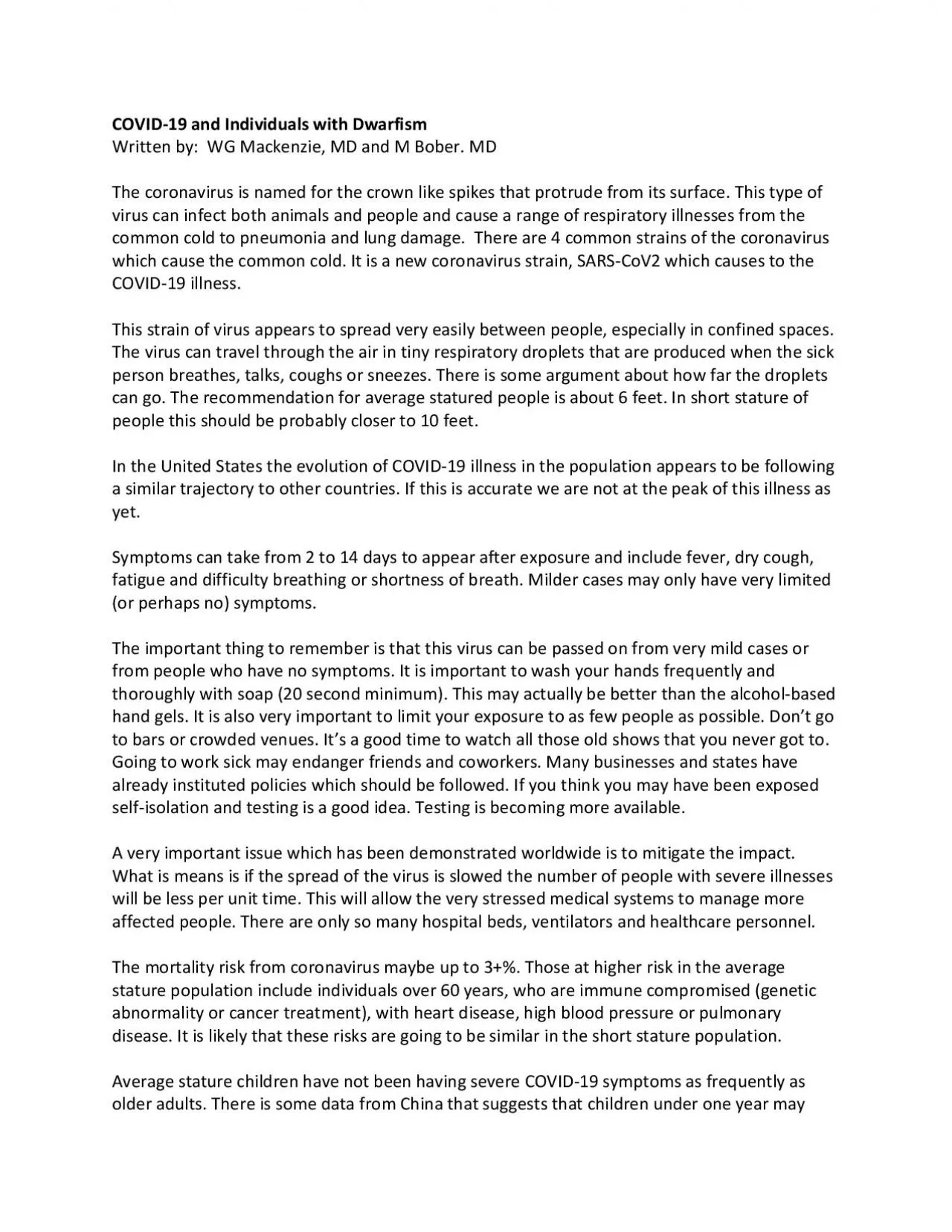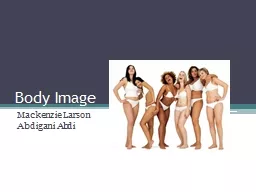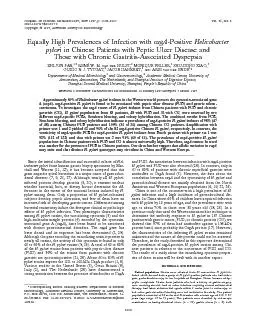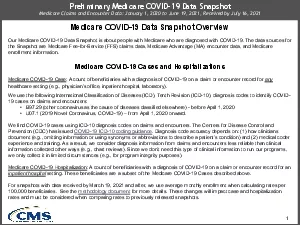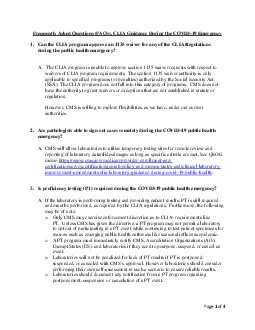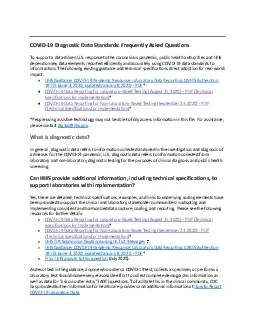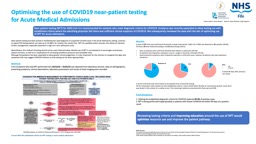PDF-COVID19 andIndividuals with DwarfismWritten by WG Mackenzie MD andM
Author : eleanor | Published Date : 2022-09-06
have more severe disease than olderchildren It is also bereported from China that the risk to pregnant femalewith COVID19 are higher than those that are not infected
Presentation Embed Code
Download Presentation
Download Presentation The PPT/PDF document "COVID19 andIndividuals with DwarfismWrit..." is the property of its rightful owner. Permission is granted to download and print the materials on this website for personal, non-commercial use only, and to display it on your personal computer provided you do not modify the materials and that you retain all copyright notices contained in the materials. By downloading content from our website, you accept the terms of this agreement.
COVID19 andIndividuals with DwarfismWritten by WG Mackenzie MD andM: Transcript
Download Rules Of Document
"COVID19 andIndividuals with DwarfismWritten by WG Mackenzie MD andM"The content belongs to its owner. You may download and print it for personal use, without modification, and keep all copyright notices. By downloading, you agree to these terms.
Related Documents

